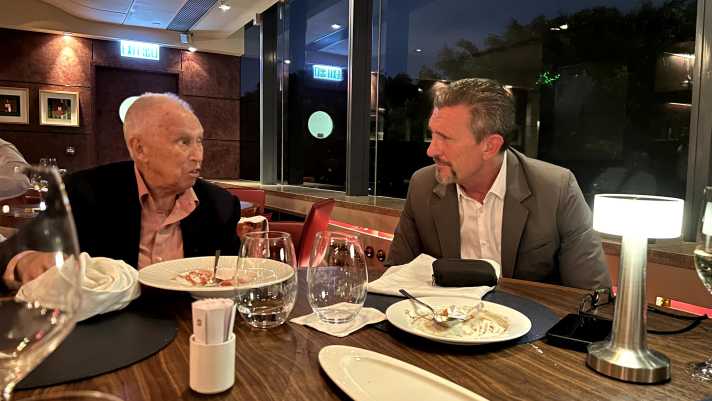The NeilPryde story: The road to the top and the star ensemble - golden years and the exit
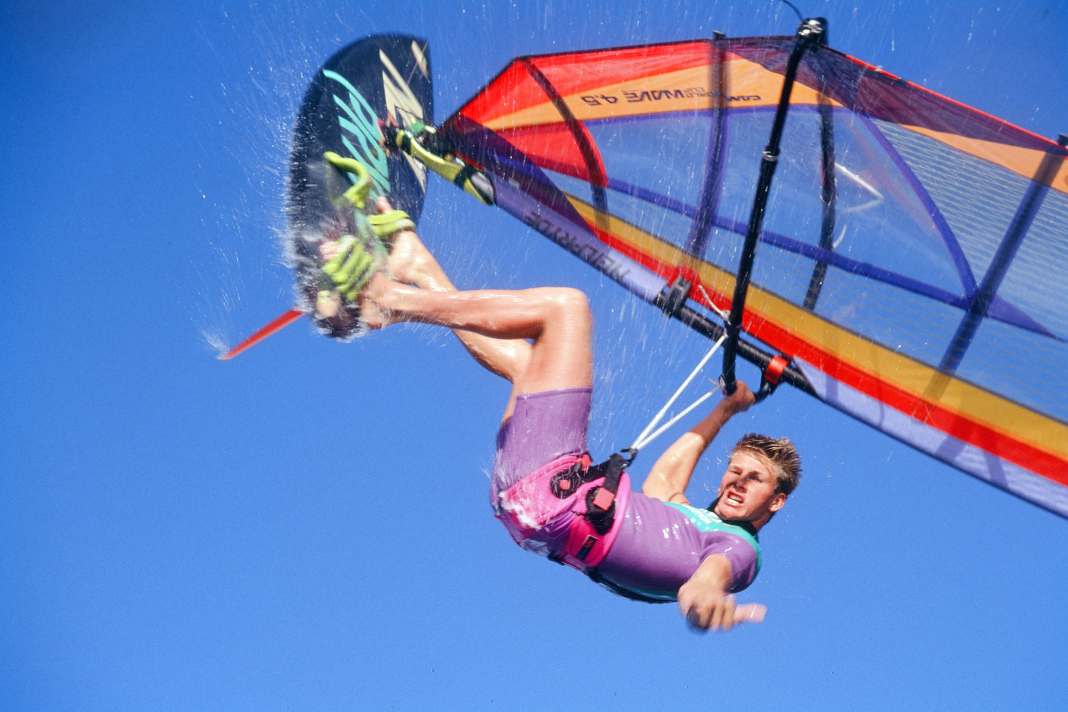





- Development centres on Lake Garda, on Maui and in Perth
- Competition stimulates business, but spoils the mood
- The China venture
- New materials conquer the market
- NeilPryde marketing sets new standards
- Olympic Games - Neil experienced them as a participant and as a producer
- The SUP commitment turned into a disaster
- After 50 years, the Neil Pryde era ends at NeilPryde
- Don't make passion your business!
Whether Björn Dunkerbeck, Jason Polakow, Jason Prior, Kauli Seadi or Antoine Albeau - they all celebrated their triumphs with NeilPryde products. But that's not all. At the turn of the millennium, Neil developed the Pryde Group into a multisport brand, including the successful board brand JP-Australia. Read here about NeilPryde's rise to a global brand from the perspective of founder Neil Pryde.
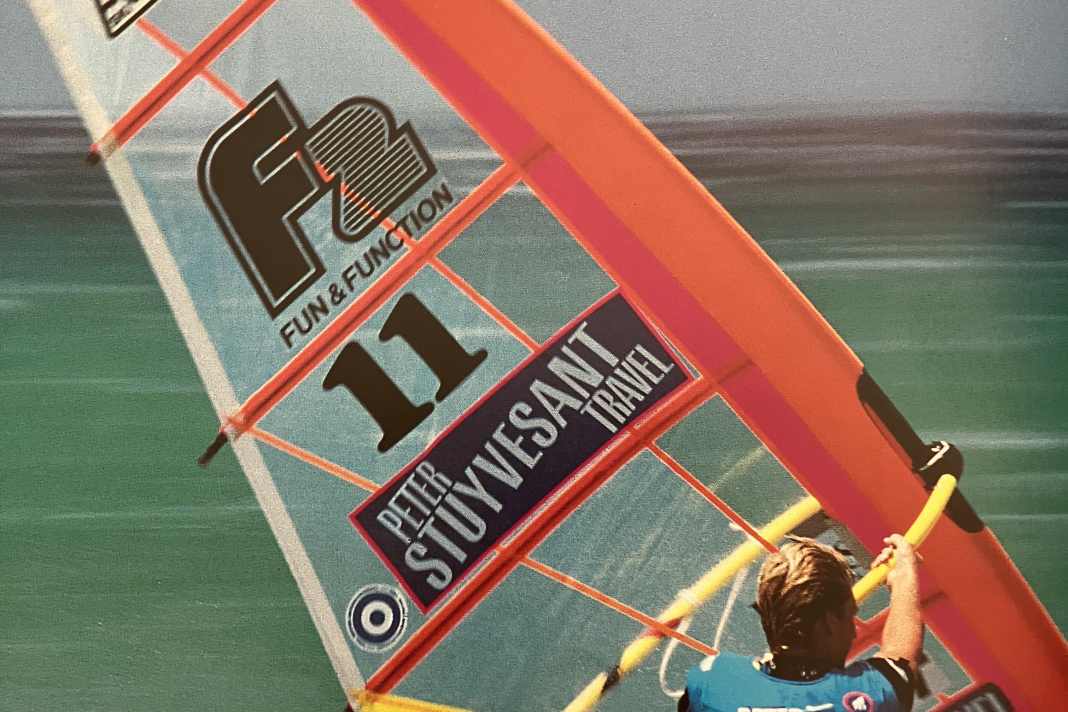



Neil welcomed Björn and Britt Dunkerbeck to the NeilPryde team in 1986. He met the Dunkerbeck family at the ISPO in Munich. After being very impressed by the two siblings, he immediately flew to Gran Canaria and signed contracts with them. As Hifly no longer existed and Neil had met Barry Spanier through them, he took the opportunity, as he often did, to hire Spanier and Bourne as designers and set up a design centre in Maui, Hawaii. At the same time, Willem Blauw also worked for him as a designer who, among other things, tried to reorganise production in Ireland to produce high-tech sails, but was unsuccessful. As there were many sails to design and the development process was still very time-consuming at the time, he also hired Monty Spindler, whom he had met through Ken Winner. In 1985, Neil had the crème de la crème of designers on board with Barry Spanier, Willem Blaauw and Monty Spindler.
Development centres on Lake Garda, on Maui and in Perth
As Europe is the main market for windsurfing, Neil soon sent Monty to Lake Garda to set up a Sailloft and develop suitable products for Europe. During this time, Monty developed the first fully battened production sail - the very popular Ultranova sail. He also designed the sails for Arnaud de Rosnay for his famous and legendary Channel crossings.
At the same time, the Spanier & Bourne development centre was located on Maui. From 1988 Willem Blauw worked in a sailmaking workshop in Perth, but he often visited Maui to work from there as well. There was a certain internal competition, as Willem designed the sails for Anders Bringdal and Barry Spanier designed the sails for Björn Dunkerbeck, and the two were the great rivals in the Worlcup. In 1991, Willem Blaauw and Anders Bringdal received a really good offer from Gaastra and decided to move on.
At that time, Nils Rosenblad was working as a designer for Simmer. Simmer sails, like many other sail brands, were manufactured in the NeilPryde factory. Interestingly, the Simmer sails were the first to be produced in the new factory in China. Neil needed another sail designer in addition to Spanier & Bourne, so he brought Rosenblad into his team. Nils has worked on some of the NeilPryde sail lines, but he has also done the designs for many OEM customers such as Arrows, Tiga and Chiemsee. Arrows was part of F2 and as F2 Brand Manager I was also responsible for this sail brand and it was always a pleasure to work with Nils.
Competition stimulates business, but spoils the mood
Björn used race and wave sails developed by Barry Spanier. Nils worked with Patrice Belbeoc'h on a line of wave sails named after Nils Rosenblad NR. So there was another internal competition, and the relationship between Nils and Barry was not the best. At one point Björn tried out Rosenblad's wave sails and was very impressed. Neil then decided to let Björn use Nils' wave sail. This of course added fuel to the fire in the tense climate at the Sailloft on Maui. Thanks to Nils and the use of mono film, where you no longer had to stick to the fabric orientation, NeilPryde was the first brand to use curved seams in sails.
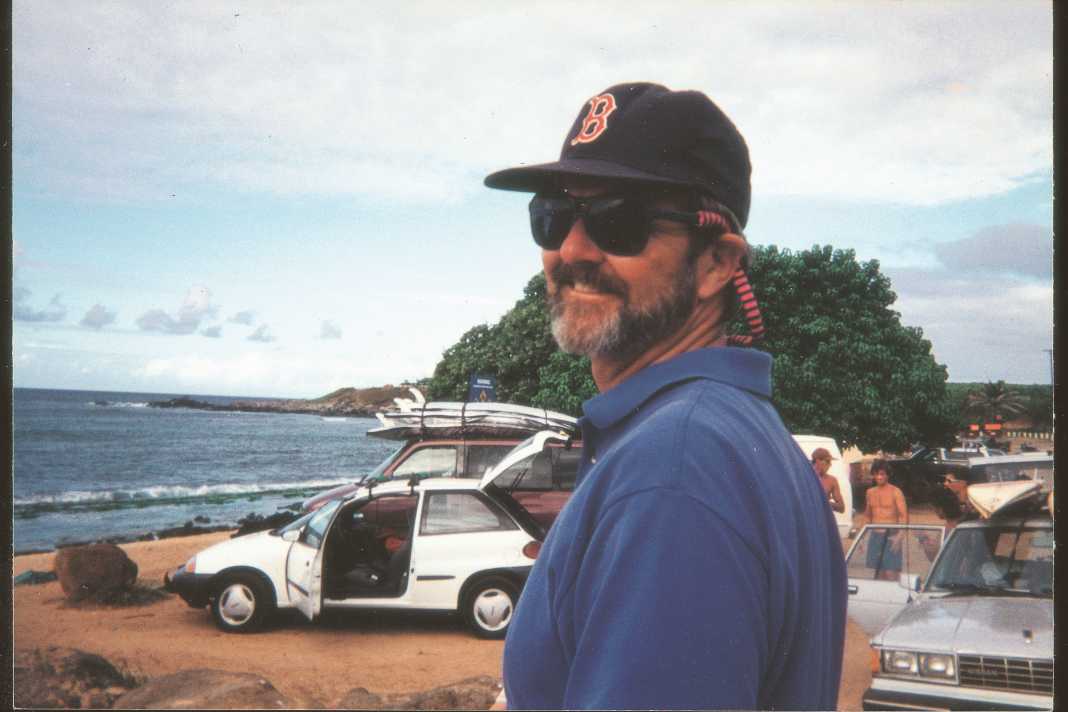




The software used to design sails at that time was only designed for straight lines and not for curved seams. It therefore took hours to design just one sail on the computer. The sails were therefore called Pryde Intern "Mother Fucker" and they used the abbreviation Mofo and wanted to market the sails under this name. When Neil found out what Mofo stood for, he immediately decided that they had to be called NR. When Nils then developed the racing sails for Arrows and Björn tried them out again and liked them, Neil decided in 1996, in his typical overnight manner, that Nils should also develop Björn's racing sails from then on.
This naturally made the internal competition even fiercer. Barry continued to develop racing sails for Scott Fenton and Matt and Kevin Pritchard, who, together with Phil McGain as Race Team Manager, tried to snatch the overall World Cup victory from Björn. This development finally ended with Barry and the three riders plus Phil McGain moving to Gaastra together as "The Team" in 1998.
Björn had already won 10 overall titles at this point. He then went on to win titles 11 and 12 with sails designed by Nils, who went on to make all the sails for Josh Stone and Jason Polakow, among others. After Barry Spanier left NeilPryde and many NeilPryde and OEM sails had to be designed, Neil hired Pat Goodman, who had his own small sail brand on Maui. After 10 years, Nils Rosenblad decided he needed a change and left NeilPryde. Neil then hired Robert Stroj, who is still NeilPryde's designer today.
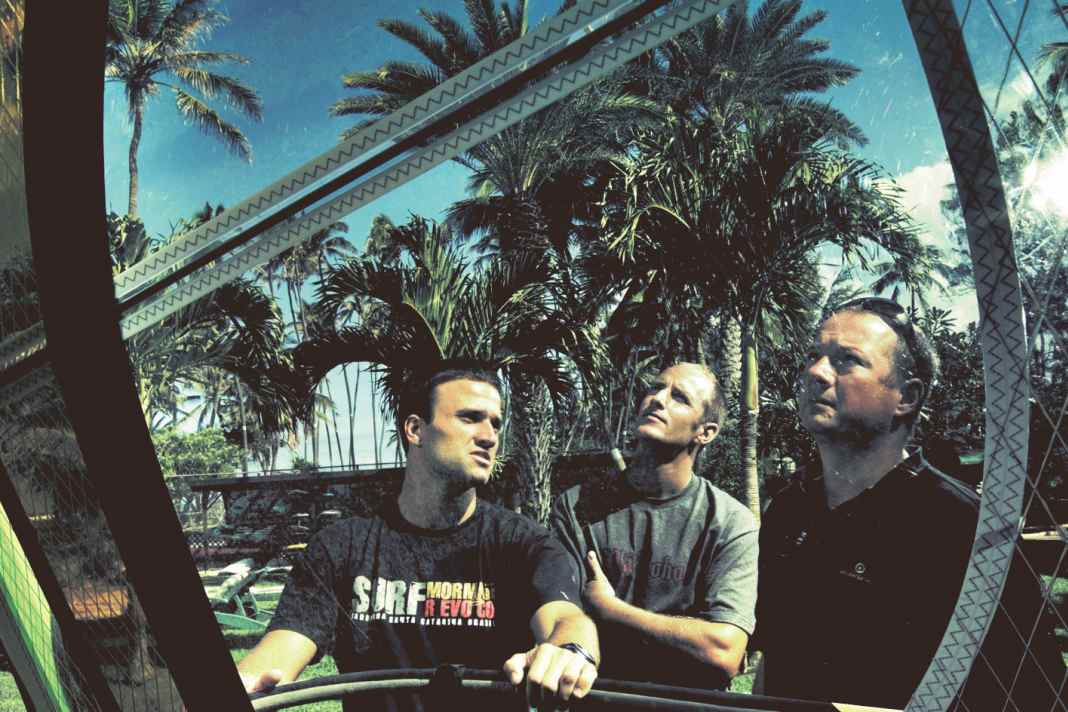


The China venture
In 1987, Neil took another important step for the company, one that many of his employees had advised him against and some thought unfeasible. He opened a new sail manufacturing facility in China, just outside a special economic zone in Shenzhen where it was possible for Hong Kong companies with a Chinese partner to do so. There were many problems to overcome, from staff training, the extremely poor roads from Hong Kong to Shenzhen, the constant power cuts, to the incredible effort required for customs formalities, which often took days.
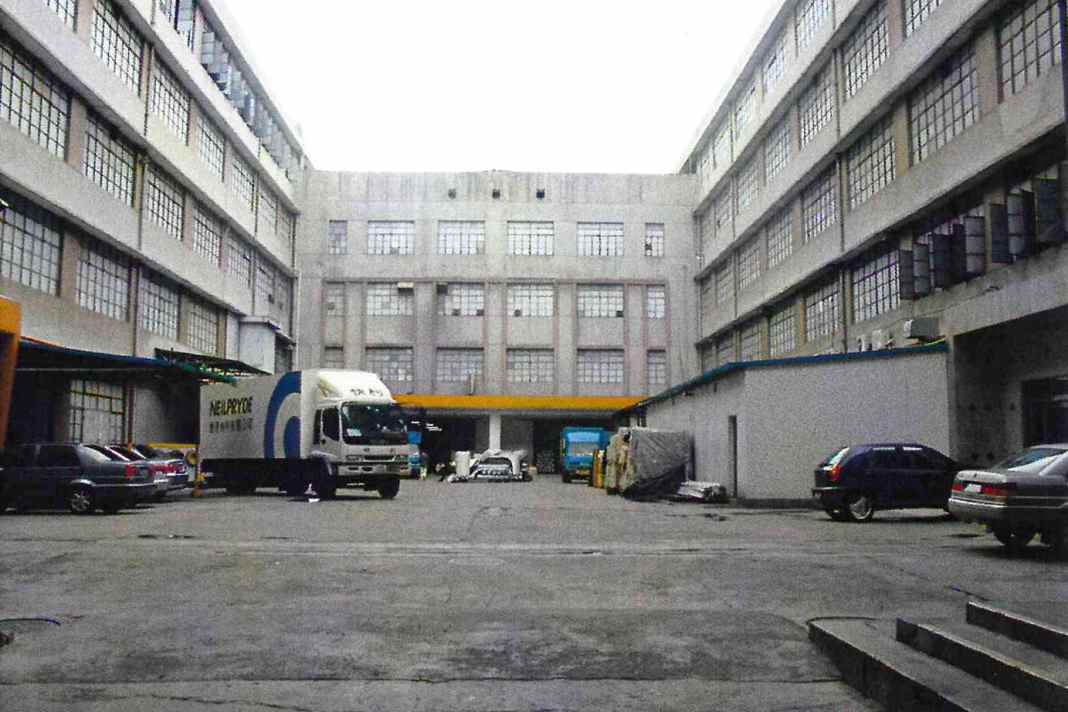





In addition, each foreign company was only allowed one telephone connection in Shenzhen. So Neil had to set up a transmitter on the roof of the factory to connect to the mobile phone network in Hong Kong. However, these mobile phones did not work 50 per cent of the time. Under the guidance of BK Poon and YK Lo, Neil's production manager, all problems were eventually overcome and production started. Neil's decision to take this step and always try to produce as many of his products as possible himself was probably an important foundation stone for his many years of success.
My early experience in manufacturing taught me that having a competitive advantage, whether in terms of production costs or technology, is crucial to success.
New materials conquer the market
During this time, Neil worked with Japanese textile manufacturer Teijin to develop new and better materials for his sails.
In the 1990s, Neil also began to actively build up his global distribution network with importers. Neil later founded its own sales subsidiaries in the three main markets of Germany, France and the USA. In Japan, the company was represented on the market by a subsidiary of the Shriro Group. This made the Pryde Group the only windsurfing company that had the entire value chain under control - from production and distribution to dealers in the most important markets. This was probably one of the reasons for the company's rapid growth, financial success and market dominance.
In 1990, Neil met Peter Quigley, a graduate of the Massachusetts Institute of Technology, who had a patent for the manufacture of high-quality carbon masts. He was the first to produce carbon masts which, although the diameter of the masts tapered towards the top, had the same wall thickness over the entire length. He had developed a special machine for this in his garage. This also gave him the opportunity to influence the bending curve of the masts with this winding process. As is often the case, Neil made a quick decision and signed an exclusive production contract with Peter for 70,000 masts. This also made NeilPryde a powerful brand in the mast sector.
Later, around 2009, Neil bought a similar machine from Cort Larned to produce his own high quality carbon masts at his sail manufacturing facility in China.
Another milestone in the development of the NeilPryde brand was the first large-scale use of mono film in high-performance sails. Compared to the sails of the time, which mainly had PVC windows and were made of woven polyester, mono film offered many clear advantages as it did not stretch, did not absorb water and was significantly lighter. It was also easily and cheaply available as a standard material used in the packaging industry. However, it was not easy to process, but this was soon overcome. The competition did not believe that this material was really suitable for sails and started using it relatively late, which gave NeilPryde a head start.
At first they laughed at us - what do you want with these plastic sails?
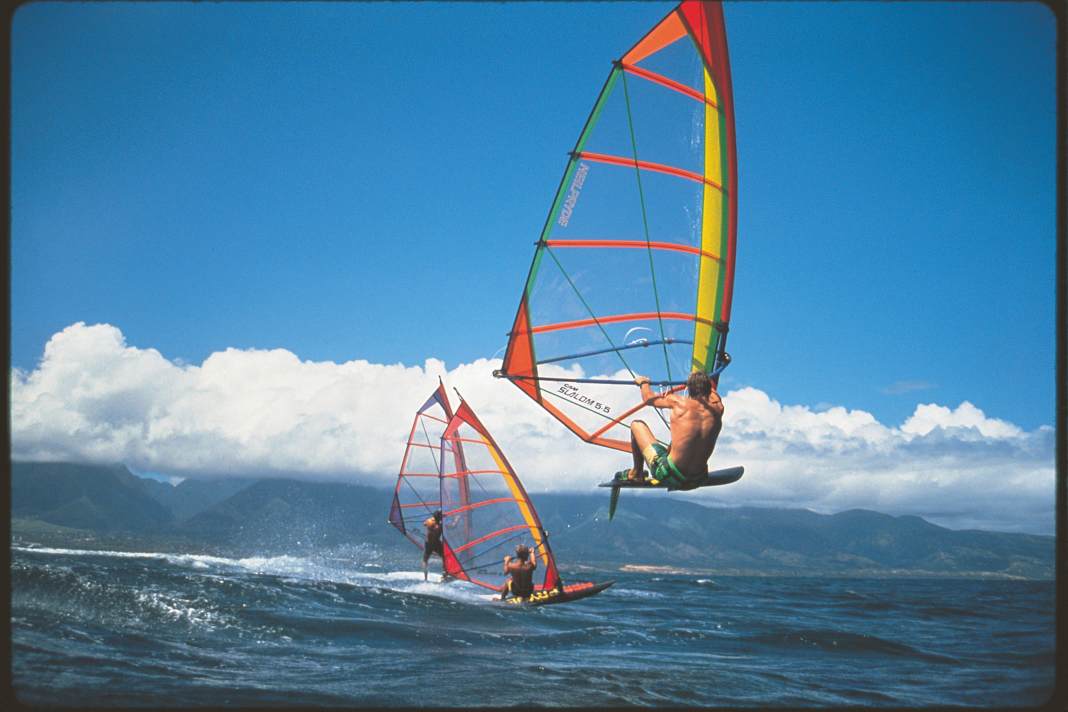



From around 2010, NeilPryde began to produce fibre-reinforced mono film itself, which required a large investment in appropriate machines and an enormous amount of development work.
Another important development step was the development of the Bat-Cam batten tensioning system, which made it possible for the first time to adjust the battens steplessly and without tools.
NeilPryde marketing sets new standards
In terms of marketing, the speed records set by Fred Haywod in the 1980s with NeilPryde sails developed by Barry Spanier certainly contributed greatly to NeilPryde's image.
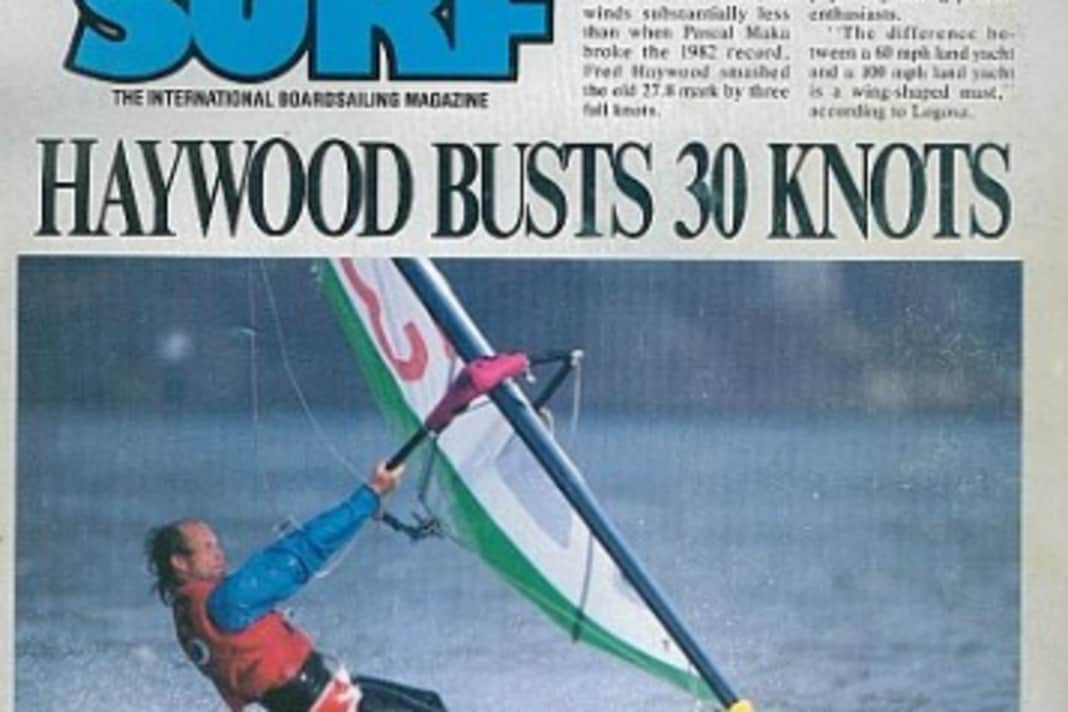





After that, it was the many victories and records of Björn Dunkerbeck and then the titles and speed records of Antoine Albeau. The successes of NeilPryde wave riders such as Jason Polakow, Josh Stone and Kauli Seadi also made a significant contribution to NeilPryde's image.
If you ask Neil what the most important milestones in marketing were for him, he mentions one name in particular: Geoff Cornish - he was Neil's marketing man for 10 years from 1981. He implemented Neil and David Wilson's philosophy and turned NeilPryde into a brand that every professional windsurfer wanted to be sponsored by. A lot of money was invested in the riders and in the development of innovative products and marketing. Under his leadership, some of the most famous windsurfing videos in the history of the sport were created, such as Fast Forward, Moving Target, Rigmarole and Instant Replay, which were distributed to thousands of windsurfers on VHS copies and played in every windsurfing shop at the time. Cornish also set new standards in the area of magazine adverts, which were later developed further by his successors.
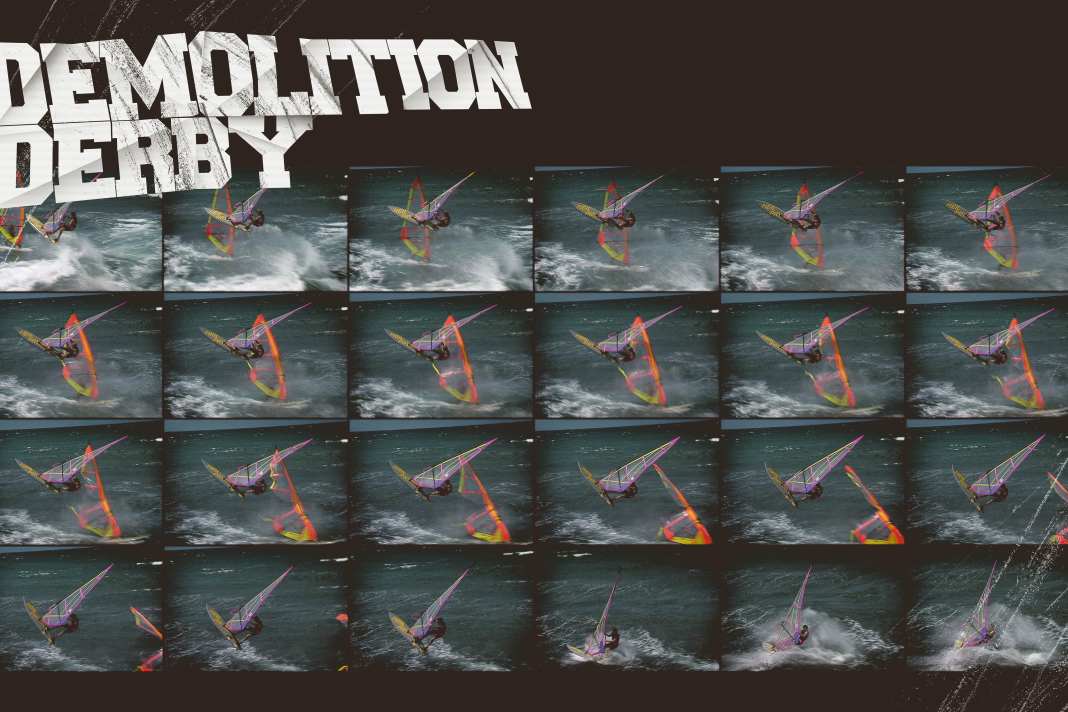





At the time, NeilPryde was known in the scene for its large-scale photo shoots on Maui. I was responsible for marketing at F2 from 1990 and we worked together with NeilPryde in many areas. One day Neil and I were discussing whether we could organise a NeilPryde F2 photo shoot together. Neil asked Geoff to send me the budget for the photoshoot so we could discuss it in detail. When I received the budget, I rang Neil and asked him if this was the budget for the whole shoot as it was slightly lower than my F2 photoshoot budget for F2. It turned out to be the budget for a single photoshoot day. NeilPryde had a helicopter on standby throughout the day. There were several photographers and a professional video team, as well as a generous selection of drinks and food for all the riders on the beach, while we at F2 occasionally requested a helicopter for an hour or two and provided water for the riders. In this case, the co-operation came to nothing.
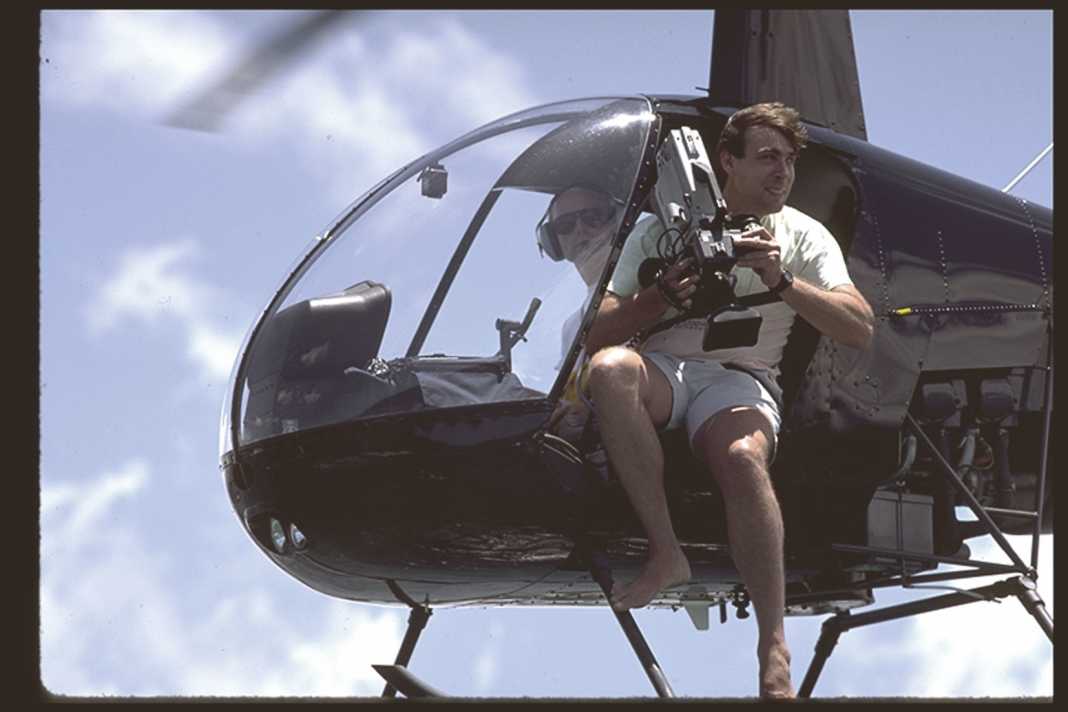





Cornish was also known in the scene for spending a lot of time on the golf courses of Maui during the photo shoots. He was also often seen on the lawn of the house they rented for the photo shoots on the beach, hitting golf balls into the sea.
Geoff did a fantastic job in creating the brand, but he was also very good at spending money. It was probably worth it, because he laid the foundations for the NeilPryde image.
In the early 2000s, Neil and his then marketing director Simon Narramore decided that NeilPryde needed a completely new look for sailing. He hired a man who had worked as a designer for Apple. Thomas Meyerhoffer was a surfer from California who used a completely new concept for sail design.
Simon Narramore was also responsible for a famous advert when Neil decided to enter the neoprene market. He hired a photographer he knew from his time at an advertising agency in Hong Kong, which had shot world-famous adverts for Singapore Airlines, and flew the crew and model to Australia where the photos were taken on a cold winter's morning. Again, no expense or effort was spared to achieve a big bang.




After Neil had also decided to launch carbon forks and thus the complete rig on the market, there was also a very special advert for this, which was developed with an Austrian marketing agency headed by Reinhard Pascher.
It has always been very important to Neil to have the best team riders as well as the best designers. In addition to Björn Dunkerbeck, the most successful windsurfer of all time, many extremely prominent riders have been part of Neil's team - Alex Aguera, Ken Winner, Fred Haywood, Pascal Maka, Jenna and Arnaud De Rosnay, Anders Bringdal, Patrice Belbeoc'h, Scott Fenton, Antoine Albeau, Josh Stone, Kauli Seadi, Ricardo Campello, Bernd Flessner and Jason Polakow are just a few of them. Neil believes that the success of his brands has always been down to the athletes and the fact that they have been marketed accordingly.
Athletes enjoy respect. Consumers follow the athletes because they identify with them.
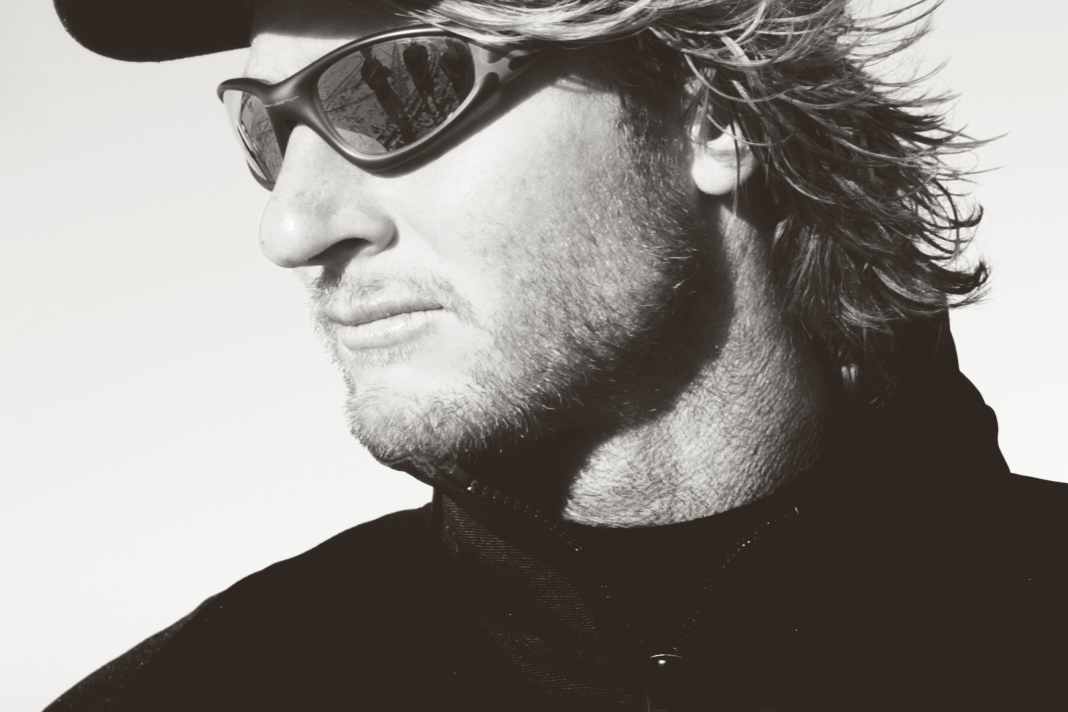





In the mid-1990s, Neil increasingly realised that he needed another mainstay alongside his very successful windsurfing business, which was becoming increasingly stagnant. In order to generate winter sales in addition to the summer windsurfing business, he decided to enter the snowboarding business with Flow. He bought the design for a new tailstep-in binding, hired a development, marketing and sales team and got started. As always, Flow was introduced to the world with a big, expensive marketing campaign and quickly became very well known and successful, although the product still had a few teething problems. These were sorted out and Flow became an important part of the Pryde Group.
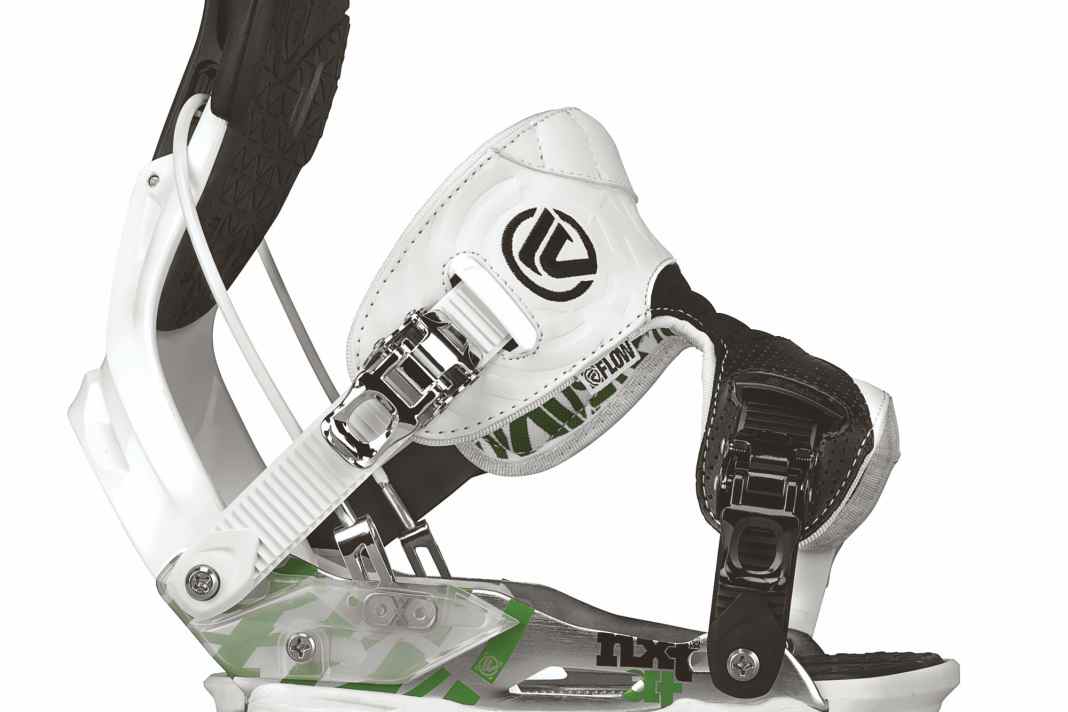


In 1999, Neil decided to buy the JP-AUSTRALIA brand, which, as mentioned at the beginning, I had founded together with Jason Polakow in 1997. Neil hired me to run JP for him. He gave me a completely free hand, which allowed me to take the key F2 people with me to JP. In just two years, this team took JP from a small hardcore brand to one of the top three board brands and made a significant contribution to the group's profitability.
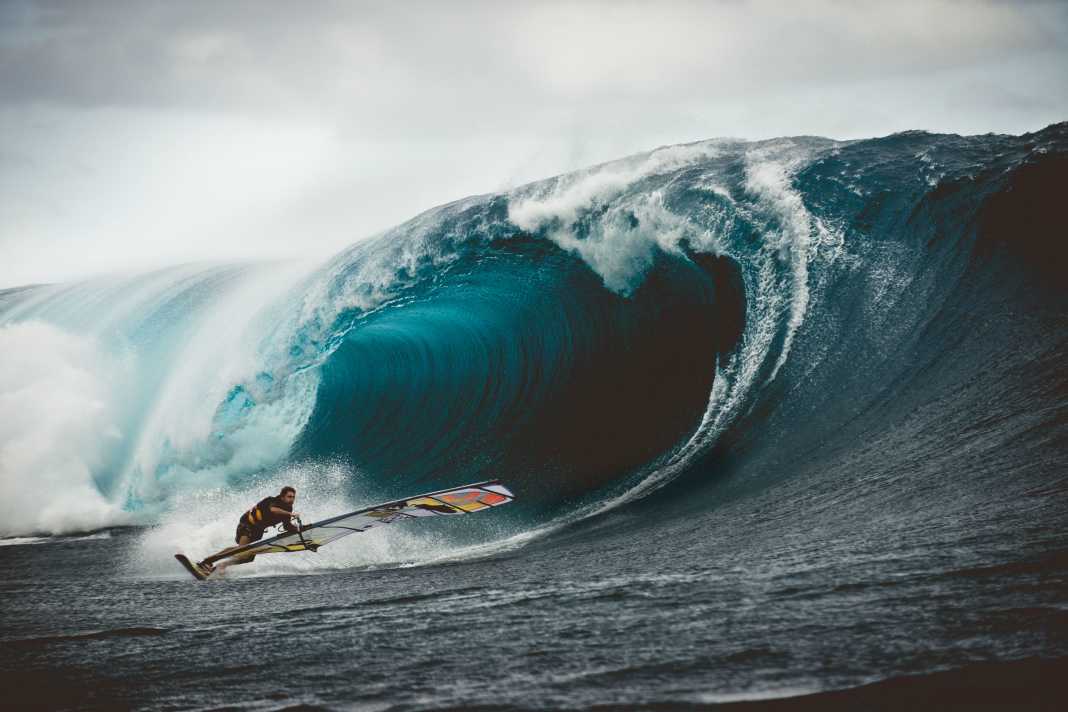





Around the same time, Neil saw Robby Naish at the Windsurfing World Cups, where he went kitesurfing rather than windsurfing to promote the sport and his products. Even before that, Neil had been making paragliders and a few kites for various brands in his factory, which had long since moved from Hong Kong to China. During one of his many visits to Maui at that time, Neil also observed kitesurfers and saw that they could not go upwind, so he thought that this sport had no future. But that soon changed and Neil - quick-witted as ever - decided to get into the sport too. On Maui, he met Pete Cabrinha, who was working for Naish at the time, and made him an offer to buy his name and hire him as manager of the Cabrinha Kite Project.
We made a deal in about 15 minutes.
The first Cabrinha kites were developed by an external designer. Neil then turned Pat Goodman, who, as mentioned, originally designed sails for NeilPryde, into the Cabrinha designer. Neil's factory not only produced kites for Cabrinha, but also for numerous other kite brands. Cabrinha, which soon also offered kiteboards and all kite accessories, became the company's biggest sales driver.
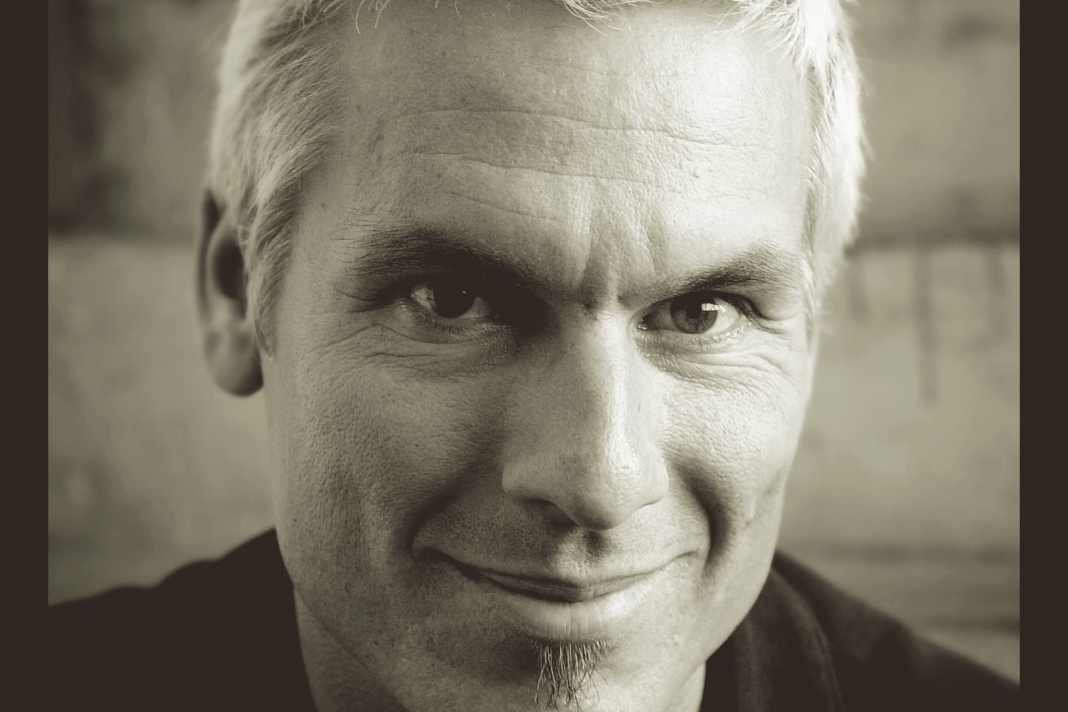



A short time later, Neil was offered a production facility in Thailand for sale by Quiksilver. Neil didn't think twice and decided to take the plunge. He also became a producer of Lycra and neoprene of all kinds. Part of the agreement with Quiksilver was a 3-year production contract, which secured Neil a good production volume for the first few years. Neil also managed to secure one of the market leaders in triathlon - 2XU - as a customer, which turned into a really good business. Their main product was compression clothing. Of course, the entire NeilPryde neoprene and lycra collection was also manufactured in the production facility.
The Pryde Group, as it was now called, developed from a windsurfing sail company into a globally active sporting goods group within around 5 years, with neoprene and a wide range of accessories in addition to winter and summer products.
When I asked Neil how he managed to be successful with all these brands, he said. "I was very lucky, or maybe I had the right instinct, that I found good managers for each of the brands who were real leaders and drove the individual businesses forward. I wasn't an expert in any of the areas, I was just the figurehead and the helmsman. Having the right people was one of the most important success factors."
Neil also emphasised that he was only successful in his early years because he had a very good relationship with the banks and the bankers were still prepared to take risks back then.
When talking to me, Neil repeatedly emphasised that he had been very lucky in his life. He was particularly lucky in 2004, when he was on holiday with his wife Nina and Torben Kornum and his family on his sailing boat in Thailand. After having breakfast on the beach on Phi Phi Island that morning, Torben and his wife wanted to go shopping. Neil was in a hurry for some reason and persuaded him to cut the shopping short so they could leave the harbour quickly. As soon as they were about 300 metres from the beach, it was overtaken by the tsunami wave and 1,500 people were killed.
It was unimaginable what would have happened if we had stayed just a few minutes longer.
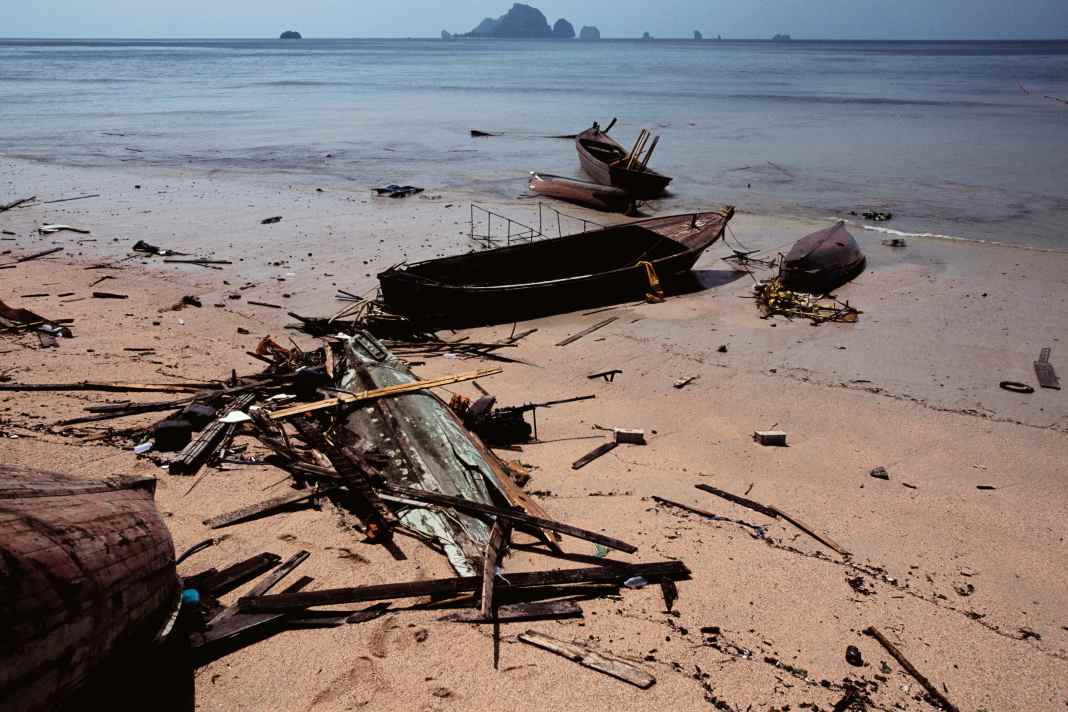


Olympic Games - Neil experienced them as a participant and as a producer
Having taken part in the 1968 Olympic Games himself, Neil was naturally also interested in competing in Olympic windsurfing. And he was successful. In 1992, NeilPryde supplied the One Design rig for the Olympic Games in Barcelona. Later, after a complex selection process, the ISAF decided that the NeilPryde RS:X sails and boards developed by Robert Stroj and Jean Bouldoires would become the new standardised Olympic class and would be used at four Olympic Games between 2008 and 2021 The 2008 Games in Beijing were won by New Zealander Tom Ashley and China's Jian Yin. Neil described this highlight at the time as a win-win situation. The Games were held on his equipment, and athletes from the two countries that had defined his life won.
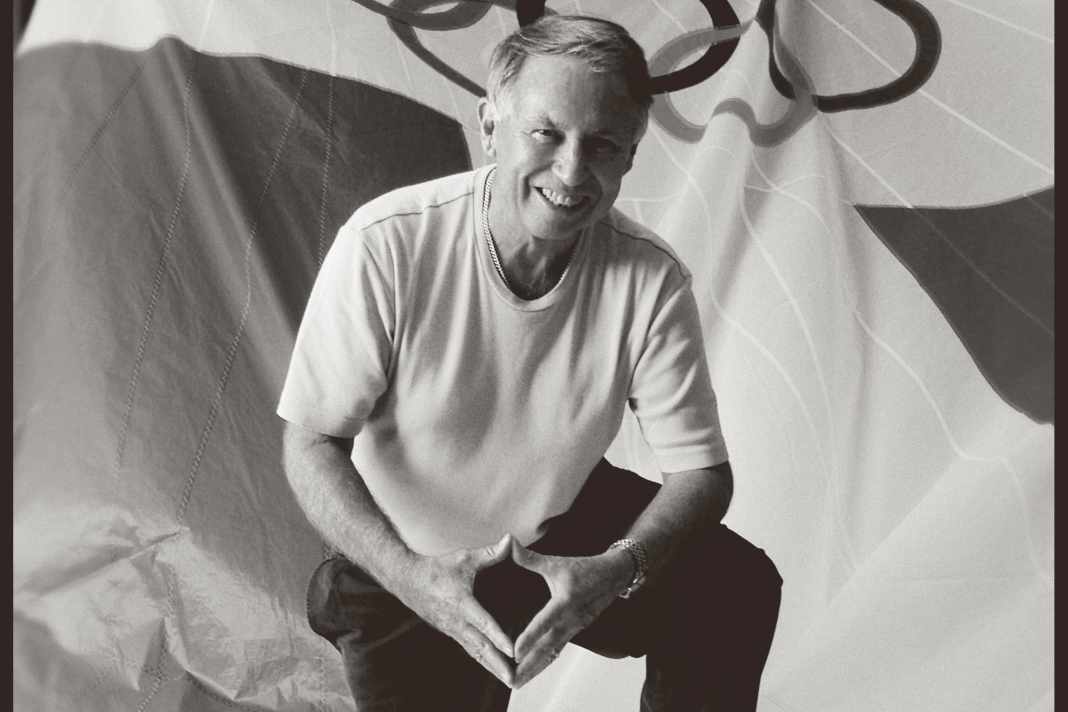


The SUP commitment turned into a disaster
As with all well-known greats in the business world, not all of Neil's projects have been successful. In his opinion, the biggest flop of his career was his entry into the SUP business with the Imagine brand. On the advice of his American sales team, Neil bought Imagine, including the complex moulds for manufacturing the polyethylene boards. At the time, it was difficult to find someone who could use these huge moulds. The minimum quantities per production run were also high. The SUP market boomed for a few years, especially in the USA, and then collapsed. In addition, the heavy polythene boards were quickly replaced by inflatable SUPs. Neil: "It wasn't a good decision to buy Imagine and it ended in disaster."
The entry into the highly competitive bicycle business was also not crowned with success and was cancelled, as was a helmet project.
Phil Knight, the founder of Nike, is reported to have said in a conversation or interview that "you don't have to get every decision right to be successful". An often quoted but unofficial percentage in this context is that about 51% of decisions have to be right to be successful in business. It is therefore easy to understand why Neil was so successful, as he was certainly right in far more than 51% of his big decisions.
In my opinion, Neil has always acted according to the following philosophy: Trial and error: success is not based on always being perfect, but on making mistakes, learning from them and constantly improving. Courage to make decisions: It's about making decisions even when you're not 100% sure. Long-term thinking: Success often comes from the cumulative effect of many small, correct decisions, even if mistakes are made in between.
After 50 years, the Neil Pryde era ends at NeilPryde
In 2014, at the age of 75, Neil decided that after more than 50 years as an entrepreneur, he had had enough. He sold his shares in Neil Pryde Limited and retired to private life.
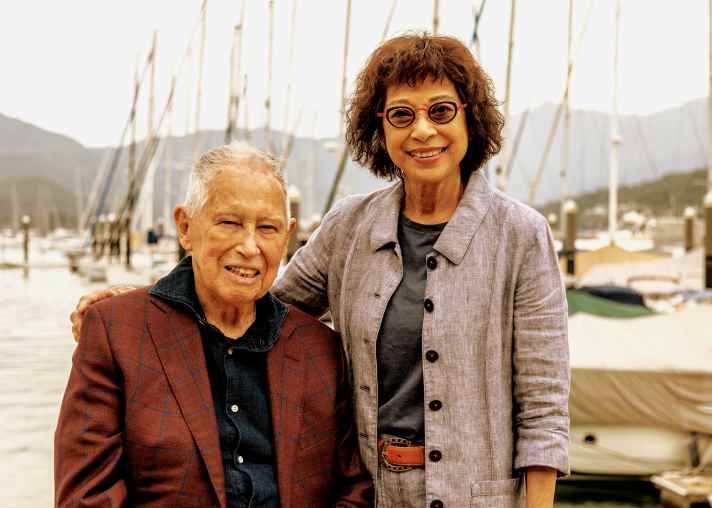
When I asked Neil what he is most proud of today when he looks back, he gave me the following answer: "I started in Hong Kong in 1963 as a sailor who had no idea how to make sails, and we ended up with a production facility in China that not only made sails, kites, masts and accessories, but also developed many new things such as the use and lamination of mono film. We had a great factory in Thailand and very strong brands in all areas with NeilPryde, Flow, Cabrinha and JP. In addition, we had a well-organised global distribution network that was also in our hands in the most important markets."
I have to say that I am very proud that the brands mentioned have all survived, even though they are no longer in one hand. They are all still strong in their field and are among the best. So we seem to have laid a good foundation.
"The foundation for all of this, however, was that we were lucky enough to save the company from bankruptcy in 1985 thanks to my friend David Wilson, who made it possible for Shriro to join Neil Pryde Limited. None of this would have been possible without my wife Nina, who always stood behind me and saw me through all those wild times."
If you wanted to summarise Neil's life motto, you could put it like this: Be the first - act fast. Be prepared to take risks after proper risk assessment. Choose the right people with enthusiasm, good product knowledge, marketing and management skills. Offer products that generate enthusiasm. Keep a close eye on the finances. Be prepared to exit early if it is clear that it will not work.
Don't make passion your business!
It's important to note that Neil has never been a windsurfer, kitesurfer or snowboarder himself.
I had passionate managers running the departments, but as CEO I saw all the departments from a pure business perspective, and I think that was important.
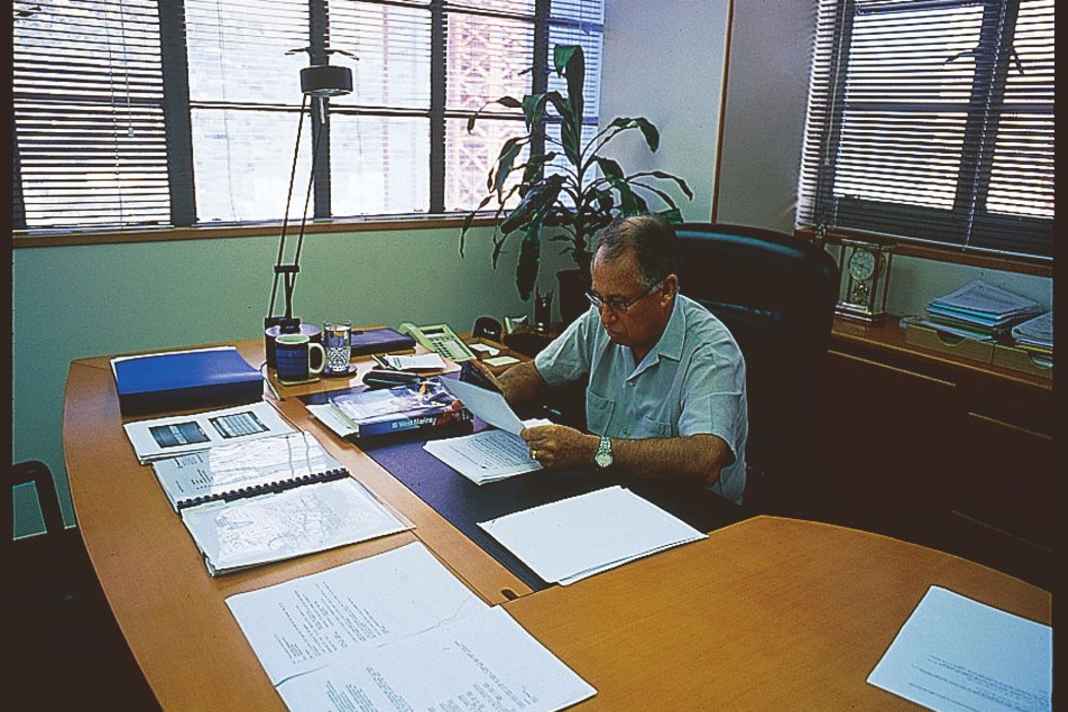



For many years, we had a budget meeting for all departments in Hong Kong in October. Many of these meetings were often very tough and difficult, and some people lost their jobs in the course of such meetings because their figures were not good enough. But I will always remember one of Neil's sayings from these meetings, which he made at a dinner - and which he really lived by.
At the end of the day the only thing that counts is the bottom line - but let's have some fun on the way!
"At the end of the day, financial success is all that matters - but let's have some fun along the way!" When I reminded Neil of this in one of our long phone conversations, he said: "Oh yes, I've had some tough times, but I've also had a lot of fun. Sailing, I actually had a lot of fun. So, I have no regrets and would do almost anything again.
